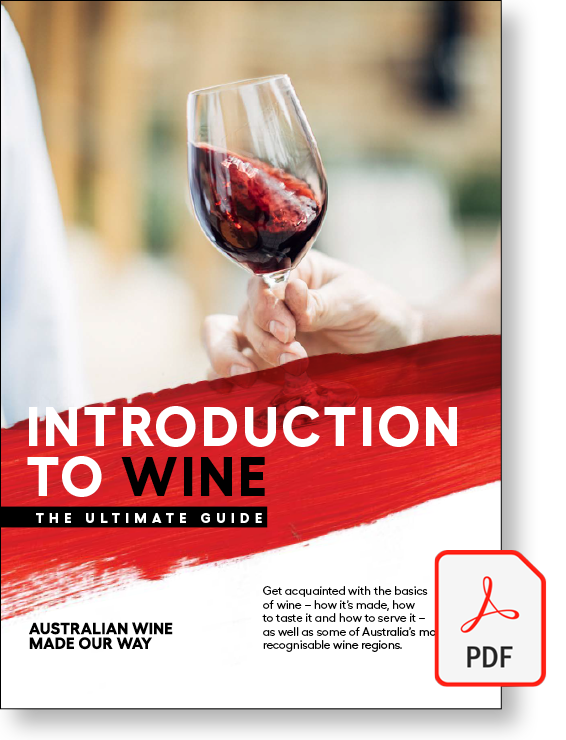Almost every wine drinker does it: you know what you like and you stick to it. So you become a Chardonnay or a Cabernet or a Rosé person, and that’s what you order in restaurants and bring to dinner parties. But if you’re keen to get out of that wine rut, there’s no better way than a wine tasting.
Comparative tastings are not only fun but are also a great way to understand familiar and new varieties and to explore new regions. More importantly, you get to understand your own palate preferences, which ultimately helps you fine-tune your future purchases.
Here are the five steps to creating an unforgettable wine tasting.
Step 1: Choose your guest list
Professional wine educators often lead tastings for large groups, but the sweet spot for a more casual tasting at home is a maximum of 6–10 people. Smaller numbers will keep things manageable, make it easier to discuss the wines and minimise the number of bottles you need.
Step 2: Pick a theme
Choosing the wines can be the hardest part, so pick a theme to focus your tasting. Here are some expert suggestions.
Varietal comparison: Select three or four examples of the same variety but from different regions. It’s a good way to get a handle on different expressions of the same variety.
Example: Australian Shiraz from well-known and lesser-known regions.
Style comparison: Pick your favourite wine style and select wines from different regions within that style.
Example: Sparkling wines, full-bodied reds, dessert wines.
Regional focus: Pick a region and try different wines made from the same variety, or of the same wine style.
Example: Yarra Valley Chardonnays or aged reds of the Barossa Valley.
Affordable fun: Pick the price range you feel comfortable paying for what you’d consider your ‘house wine’. Then select a range of different wines all within that price range.
Blind tasting: Another fun option. Put your selected wines into brown paper bags so the labels are hidden, then discuss the characteristics of each wine and try to guess what it is.
Step 3: Stock up on supplies
Here’s what you’ll need:
- Your chosen wines (aim for four to six in total, typically all within the same price range)
- Wine glasses – ideally hand-washed, as dishwashers can leave a detergent residue that affects the wine’s smell and taste.
- Tasting mats – you can find some online or make your own. Include spaces to record the details of each wine and to take notes.
- A white background (like a sheet of paper) so you can see the colour of the wines.
- Spit buckets (for those wanting to stay sober) – large paper cups work well.
- Jugs of water to cleanse your palate between sips, and maybe some plain crackers.
- Notepads and pens.
Step 4: Set it up
Set up the tasting area before people arrive. Make sure there’s good lighting and avoid strong odours, like scented candles or cooking food (it’s not the time for a spicy curry!), as these can interfere with the wine tasting. You should also avoid eating or drinking anything with strong flavours beforehand.
Before pouring, bring your wines to the right temperatures.
Top tip: Pour your white wines 10–15 minutes beforehand to allow them to warm up slightly and increase their aromatics. And you might also want to decant older or full-bodied red wines about half an hour before to open up their flavours.
Step 5: Start sipping
If you’re tasting different styles, order your tasting from sparkling wines, to lighter and full-bodied white wines, to lighter and full-bodied reds and then dessert wines. Pour enough of each wine for about four sips.
Then taste, take notes and compare opinions. And don’t forget to share the stories of wineries or regions – the wine world is full of fascinating stories waiting to be told.
Remember, there are no wrong answers when it comes to wine tasting (unless a wine is actually faulty!). Have fun, don’t take things too seriously, and make sure everyone feels comfortable to share their thoughts. For a bit of healthy competition, you could add in prizes for people who correctly identify things like the region or the grape, or for the most creative or hilarious tasting notes.






